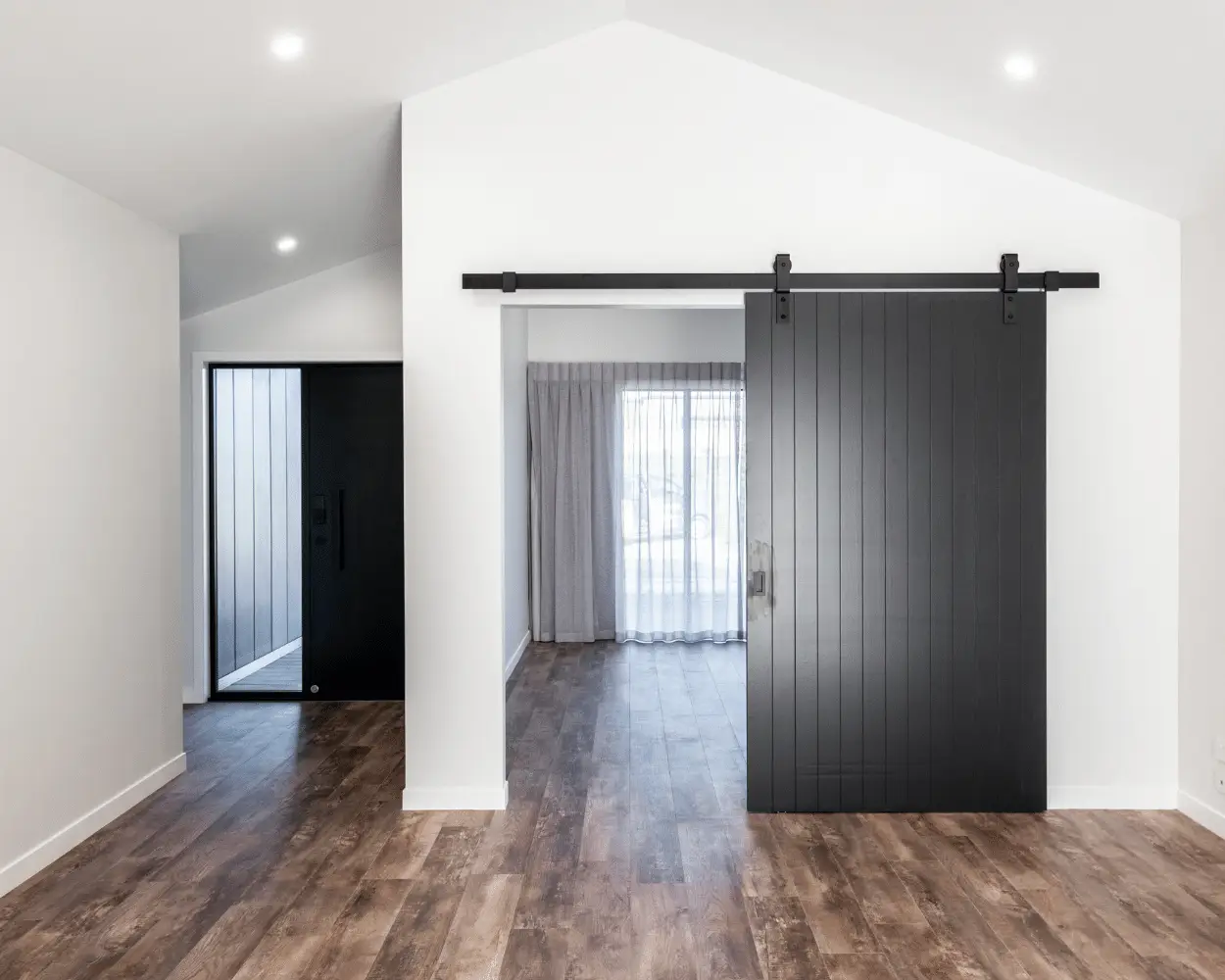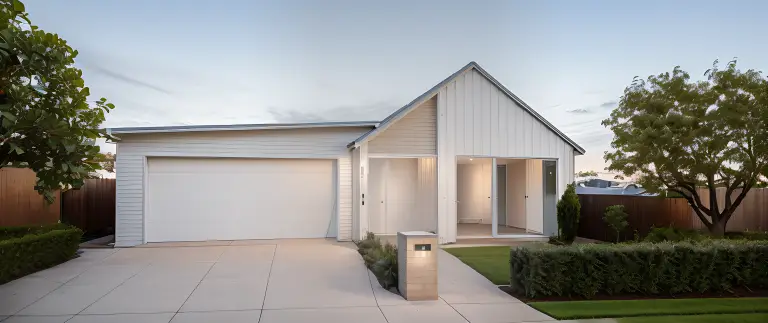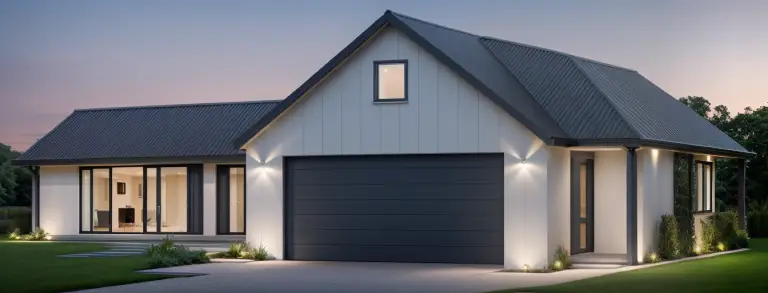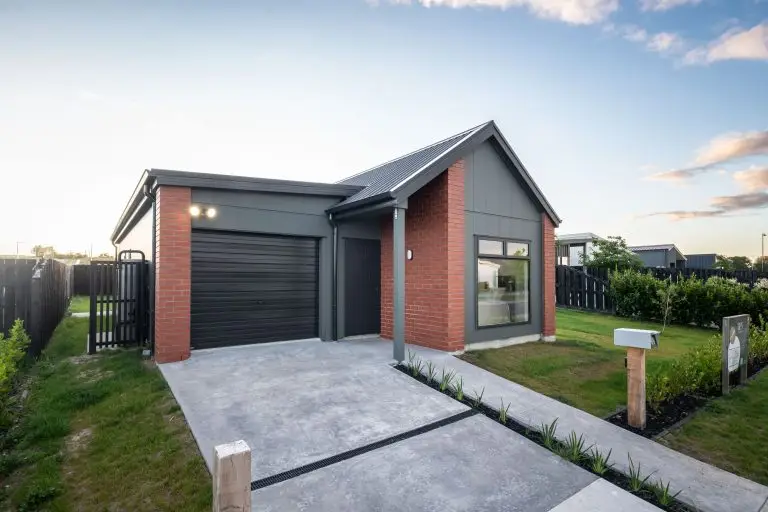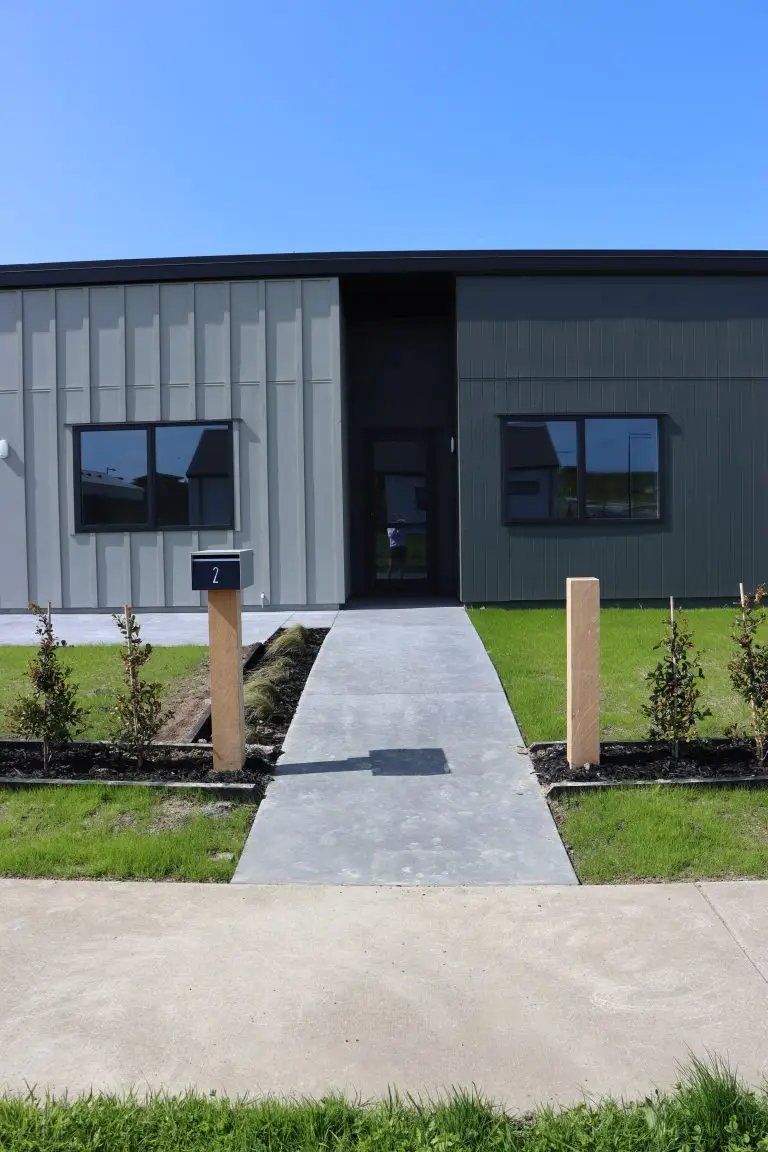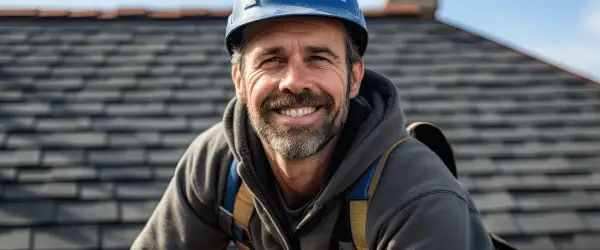When it comes to selecting the perfect flooring for your new home, hard flooring options like tiles and vinyl planking offer durability, style, and ease of maintenance. However, deciding between the two can be challenging. In this article, we’ll take you through a journey to help you make an informed decision about whether tiles or vinyl planking is the right choice for your home.
Benefits of Hard Flooring:
Durability: Hard flooring options like tiles and vinyl planking are known for their durability, making them ideal for high-traffic areas in your home. Both materials can withstand the wear and tear of daily life, but there are some differences to consider.
Tiles: Tiles are generally considered more durable than vinyl planks, especially if they’re made of materials like porcelain or natural stone. They’re resistant to scratches, stains, and moisture, making them suitable for areas like kitchens, bathrooms, and entryways.
Vinyl Planking: While not as inherently durable as tiles, vinyl planks still offer good resistance to scratches, stains, and moisture. High-quality vinyl planks can be particularly resilient and can last for many years with proper care.
Style and Appearance: The style and appearance of your flooring can significantly impact the overall aesthetic of your home. Both tiles and vinyl planks come in a variety of styles, colors, and patterns, allowing you to create the look you desire.
Tiles: Tiles offer a wide range of design possibilities, from classic ceramic to modern porcelain and luxurious natural stone. They can be arranged in various patterns, such as herringbone or basketweave, to add visual interest to your space.
Vinyl Planking: Vinyl planks have come a long way in terms of aesthetics and can now mimic the look of natural materials like hardwood or stone. They’re available in a variety of finishes, including matte, gloss, and textured, allowing you to achieve the desired look for your home.
Comfort and Feel Underfoot: The comfort and feel of your flooring are essential factors to consider, especially if you’ll be spending a lot of time walking or standing on it.
Tiles: Tiles are hard and cool to the touch, which can be refreshing in warmer climates. However, they may not offer as much cushioning or comfort underfoot, especially if you’re standing for extended periods.
Vinyl Planking: Vinyl planks are softer and warmer underfoot compared to tiles. They have a slight give to them, making them more comfortable to walk and stand on for long periods. Vinyl planks also provide better sound insulation, reducing noise levels in your home.
Maintenance: Ease of maintenance is another crucial consideration when choosing flooring for your home. Both tiles and vinyl planks are relatively easy to clean and maintain, but there are some differences to note.
Tiles: Tiles are easy to clean with a simple solution of warm water and mild soap or a pH-neutral tile cleaner. They’re resistant to stains and spills, and regular sweeping or mopping is usually sufficient to keep them looking their best.
Vinyl Planking: Vinyl planks are also easy to clean with a mild detergent and warm water. They’re resistant to stains and spills, and regular sweeping or vacuuming is usually all that’s needed to maintain them. However, vinyl planks may require occasional resealing or polishing to keep them looking like new.
Caveat for Vinyl Planking: While vinyl planking offers many benefits, it’s essential to note that it may fade over time when exposed to harsh UV rays, especially in regions like New Zealand. To protect your vinyl planking from fading, we recommend installing window glass treatments and nets (curtains) to reduce the amount of direct sunlight that reaches your flooring.
Choosing between tiles and vinyl planking for your new home ultimately comes down to your personal preferences, lifestyle, and budget. Both options offer durability, style, and ease of maintenance, but they have unique characteristics that may suit different needs. Whether you prefer the classic elegance of tiles or the versatility of vinyl planking, you can’t go wrong with either choice for your hard flooring needs.
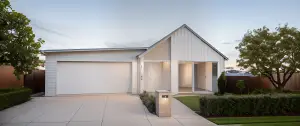
House & Land Packages in Waikato: Are They Worth It?

How to Choose the Right Builder in Hamilton: 10 Key Questions to Ask

Best Suburbs in Hamilton & Waikato for New Home Builds
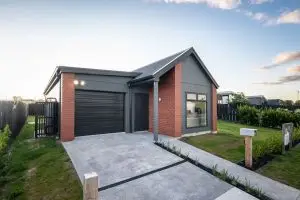
The True Cost of Building a Home in Waikato: Latest Guide

How to finance my house


